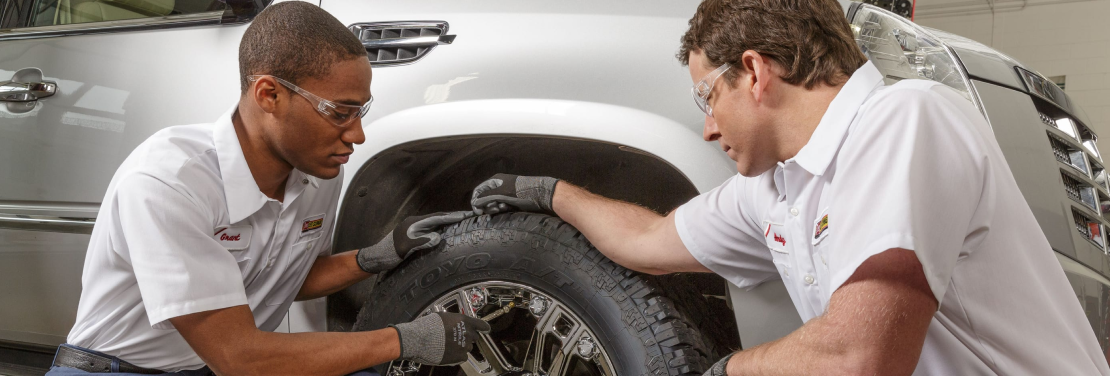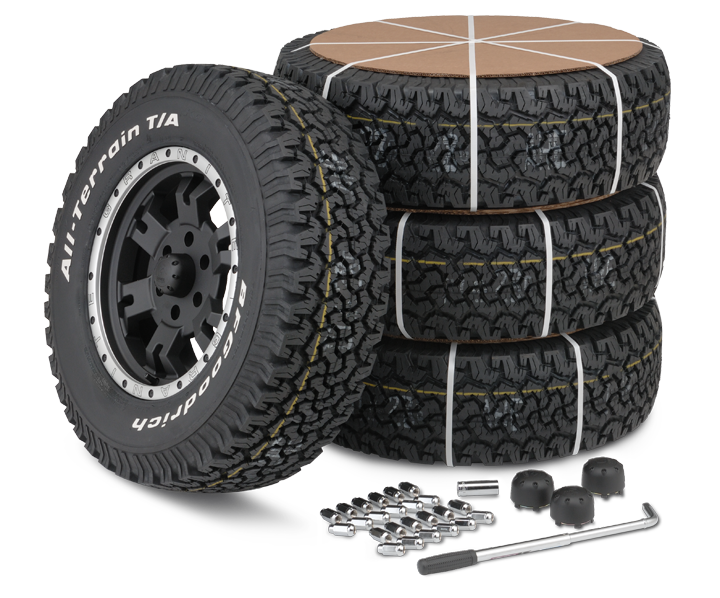Finest Deals on Discount Tires Morris IL: High Quality Tires at Affordable Rates
Finest Deals on Discount Tires Morris IL: High Quality Tires at Affordable Rates
Blog Article
Tire Service: The Influence of Weather
When it comes to making certain optimal performance and safety on the road, comprehending the impact of weather problems on tire service is crucial. In this discussion, we will check out the elaborate relationship in between weather condition conditions and tire service, dropping light on the significance of weather-specific tire maintenance techniques and considerations.
Heat and Tire Efficiency
When subjected to heats, tires experience adjustments in efficiency that can substantially influence car security and handling. The heat produced from prolonged driving or warm climate problems triggers the tire rubber to soften, resulting in lowered step life and boosted wear. As the rubber ends up being softer, the tire's grasp on the roadway diminishes, influencing braking distances and general traction. In extreme cases, too much warmth can even create tire blowouts, positioning a serious safety danger to the vehicle and its occupants.
Moreover, high temperatures can speed up the process of tire aging, causing the rubber to deteriorate more quickly. To minimize the results of warm on tire performance, drivers need to regularly inspect their tire pressure, revolve tires to make sure also use, and evaluate for any kind of signs of damages.
Cold Weather Condition Effects
Cold weather conditions can have a significant impact on tire efficiency and safety and security. In cool weather, tires may also shed air pressure much more swiftly, which can impact managing and fuel efficiency.
To reduce the impacts of winter on tires, it is critical to regularly check tire pressure and inflate them to the maker's advised levels. Utilizing winter season or all-season tires designed for cold weather condition problems can likewise enhance traction and hold on icy or snowy roadways - tire shop morris. Appropriate tire maintenance, consisting of routine evaluations for wear and damage, becomes much more important throughout cooler months to make certain ideal efficiency and safety and security
Rainy Issues Impact
Tires with damaged treads are much more susceptible to hydroplaning, where a layer of water constructs up in between the roadway and the tire surface, leading to loss of traction. To battle this, chauffeurs ought to routinely evaluate their tires for sufficient walk deepness and consider investing in tires particularly developed for wet problems.

Snow and Tire Safety And Security
When driving in snowy conditions, having the ideal tires find out can make a significant difference in safety and security and efficiency. Winter season tires are created with unique rubber compounds and step patterns to provide better traction on snow and ice compared to all-season tires.
Along with making use of wintertime tires, it is essential to guarantee they are correctly inflated. Winter can cause tire stress to go down, influencing grip and handling (morris tire and alignment). Frequently examining and preserving the appropriate tire pressure is vital for optimal performance in snowy conditions

Weather-Related Tire Maintenance
When confronted with different climate condition, correct tire upkeep ends up being a critical element of car safety and security and efficiency. Weather-related tire maintenance incorporates a variety of techniques intended at making sure optimal tire function and long life in different climate Bonuses situations. One essential aspect of weather-related tire upkeep is tire stress guideline. Varying temperature levels can trigger tire stress to vary, influencing grip and gas efficiency. Frequently checking and changing tire pressure according to supplier recommendations is crucial for risk-free driving in changing climate condition. Furthermore, tire tread depth plays a significant role in taking care of different climate components. Tires with ample step deepness supply better grasp on wet or icy roads, lowering the danger of hydroplaning or skidding. When tread wear gets to a specific deepness is important for preserving grip and security in unfavorable weather condition, evaluating tire tread frequently and replacing tires. By prioritizing weather-related tire maintenance, vehicle drivers can boost safety and security, boost lorry performance, and prolong the life expectancy of their tires.
Verdict
To conclude, climate condition have a significant influence on tire efficiency and security. From heat affecting tire pressure and use to cool climate lowering traction, it is necessary to think about the climate when maintaining and utilizing tires. Wet problems can lower hold and bring about hydroplaning, while snow can boost the risk of mishaps if tires are not correctly geared up. Weather-related tire upkeep is essential in making sure optimal efficiency and safety when driving.
In this discussion, we will check out the elaborate relationship in between weather problems and tire solution, shedding light on the relevance of weather-specific tire upkeep methods and factors to consider.

Report this page